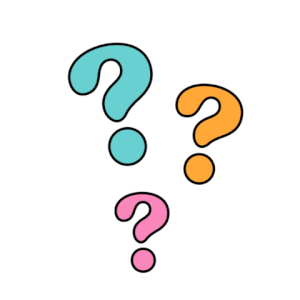Substances, Elements, Atoms, and Particles
January Overview
We will now begin our study of Chemical Interactions. With your knowledge of measuring and observing properties of matter, you will observe a mystery-mixture reaction and begin to consider the definitions of a substance and a chemical reaction. You will then identify the two substances in the mystery mixture by observing the characteristics of the reactions that occur when you mix pairs of known substances.
You will then begin exploring The Periodic Table of the Elements and learn to recognize patterns in its organization. You’ll use a variety of resources to consider properties and categories of elements and to research individual elements. You will find elements in familiar substances.
Once you can analyze the periodic table, you will investigate the phenomenon of gas behavior and properties. You will develop a particulate model to explain the invisible interactions that account for observable behaviors of gas. Through this, you will learn about the smallest particles of an element, atoms.
You will finally explore what atoms are made of. You will create Bohr models to show how the protons, neutrons, and electrons in an atom are organized and how that relates to the organization of the periodic table.
This unit will correspond with ISN page 24 and 45-50.
Study and Practice
Assignments
-

Mineral Identification Gizmo
Binder Assignment - 30 Points
Use these Mineral Identification Key Tables to identify the mineral samples. Here’s a link to the vocabulary and pictures of the actual minerals.
-

Substances Lab
Binder Assignment - 64 Points
-

Elements
Binder Assignment - 30 Points
-

Periodic People
Group Assignment - 15 Points
After completing the activity in class, complete the online reflection.
-

The Periodic Table of Elements
ISN page 47 - 20 Points
-

Substances and Elements Quiz
Quiz - 32 Points
What to Expect:
Identify substances based on qualitative observations.
Identify substances from the periodic table by chemical symbol.
Define chemical reaction, and provide evidence that a chemical reaction did or did not occur.
Explain the patterns and organization of the periodic table.
What you can Use:
ISN, Substances and Elements Lab
-

Atoms BrainPOP
Online Assignment - 12 Points
-

Particles Lab - Capture the Gas
Binder Assignment - 32 Points
-

Digital Bohr Models
Online Assignment - 24 Points
Note: This assignment can be found on Google Classroom
-

"Bohr"ing Assignment
ISN page 49 - 20 Points
-

Particles Lab - Air is Matter
Binder Assignment - 42 Points
-

The First 18 Atoms
Binder Assignment - 54 Points
-

Particles Quiz
Quiz - 35 Points
What to Expect:
Describe how air as matter.
Create a model of gas particles in the air, when compressed, and when expanded.
Describe and model how gas particles under pressure move to achieve equilibrium.
Define chemical reaction, and provide evidence that a chemical reaction did or did not occur.
What you can Use:
ISN, Particles Labs
-

Element Builder Gizmo
Binder Assignment - 30 Points